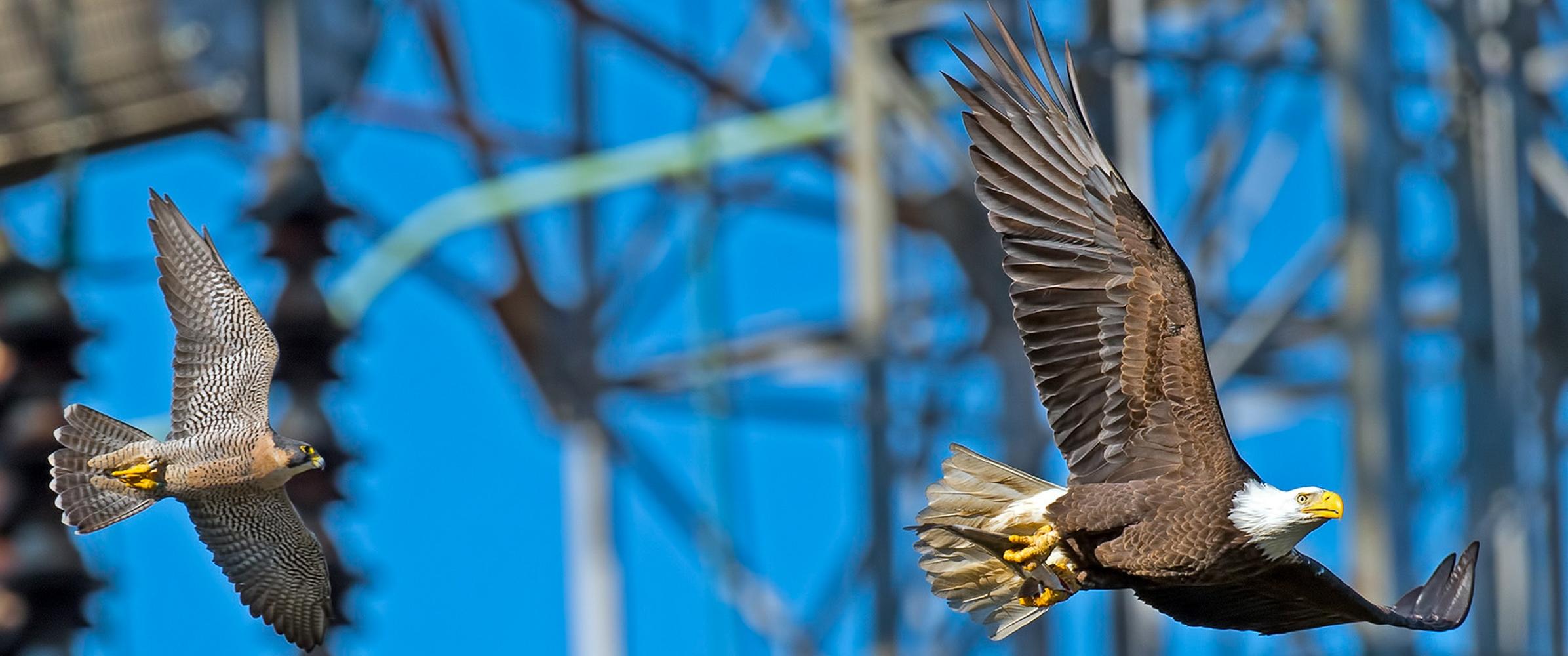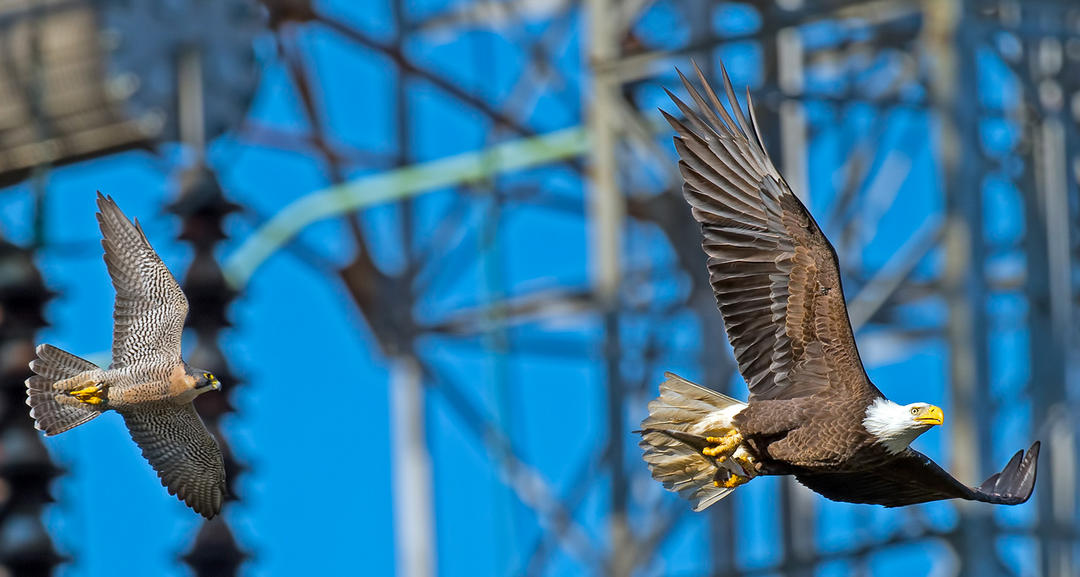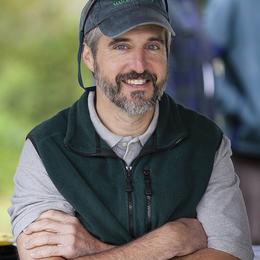A Guest Editorial by David Mears, Executive Director, Audubon Vermont
When we think of lead poisoning, we most often think of the presence of lead in drinking water pipes or lead paint in older houses. Another risk, less frequently discussed, is the potential harm from the use of lead in ammunition. Among the exposure pathways from the use of lead-based ammunition are consumption by people of lead fragments remaining in the meat, or by wildlife of lead left in animal remains. As we have come to understand over the past few decades, even exposure to low levels of lead have a range of negative impacts, such as increasing a child’s risk of acquiring learning disabilities or an adult’s risk of dying from a heart attack or stroke. The risk of lead exposure on wildlife mirrors the effect on humans, with the potential for consumption of lead ammunition to cause individual or population level impacts. An example of a significant population level risk is the California Condor, where lead consumption from animal remains poses a threat to this species already on the brink of extinction.
Vermont is due for a dialogue about ways to reduce or phase-out the use of lead-based ammunition in Vermont. In other states, a growing understanding of the risks from lead exposure has led sporting groups, wildlife agencies, and public health and environmental advocates to engage in a serious conversation about this issue. The residents of our state of green mountains and silver waters have a similar opportunity to address this challenge in a way that respects both Vermont’s long tradition of hunting and our leadership as a state committed to protecting public health and the environment.
In Vermont, the birds most likely to suffer from lead poisoning from ammunition are birds of prey, such as the Bald Eagle, or other birds, like the Common Raven, which scavenge dead animals as a food source. We are fortunate that these species have stable populations or are increasing due to our broader conservation efforts. We are not, however, out of the woods. The ongoing loss of habitat to development, global climate disruption, and other threats present ongoing risks to the ecological health of our forests and watersheds, and so to all wildlife in Vermont. Further, we do not have to accept even individual-level impacts from lead-based ammunition if there are reasonable alternatives. Because of a federal law, we have already made the shift to non-toxic alternatives for ammunition used to hunt waterfowl. We need to talk about extending that shift to include upland hunting as well.
Vermont’s sportsmen and women justifiably pride themselves as stewards of the environment, and would never knowingly expose their families to the risk of eating lead. In other states, wildlife agencies and outdoor sporting groups with cultures similar to Vermont’s have begun to use education and voluntary programs to drive a shift away from the use of lead-based ammunition. An example of this type of dialogue is represented by the North American Non-Lead Partnership, in which the partners are working together to better understand the risks from the use of lead-based ammunition and encouraging hunters to use alternatives. Audubon Vermont counts hunters as welcome members of our community and stands ready to engage with our partners in the outdoor sporting community and at the Department of Fish and Wildlife to participate in this important dialogue.
++++++++
Read more from the Otter Creek Audubon Society's Otter Tracks newsletter. Click here.








